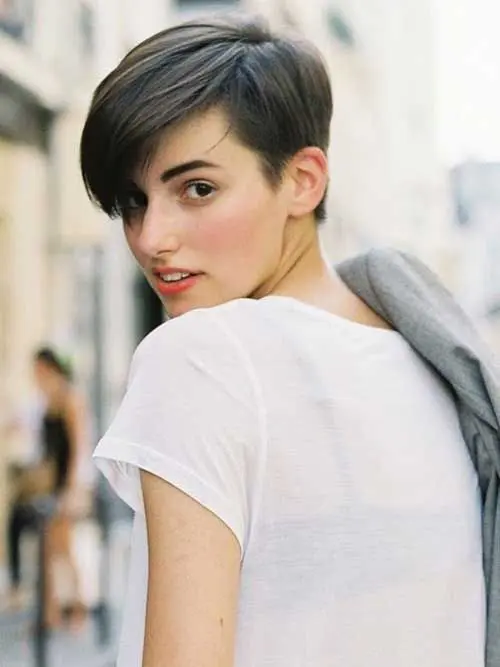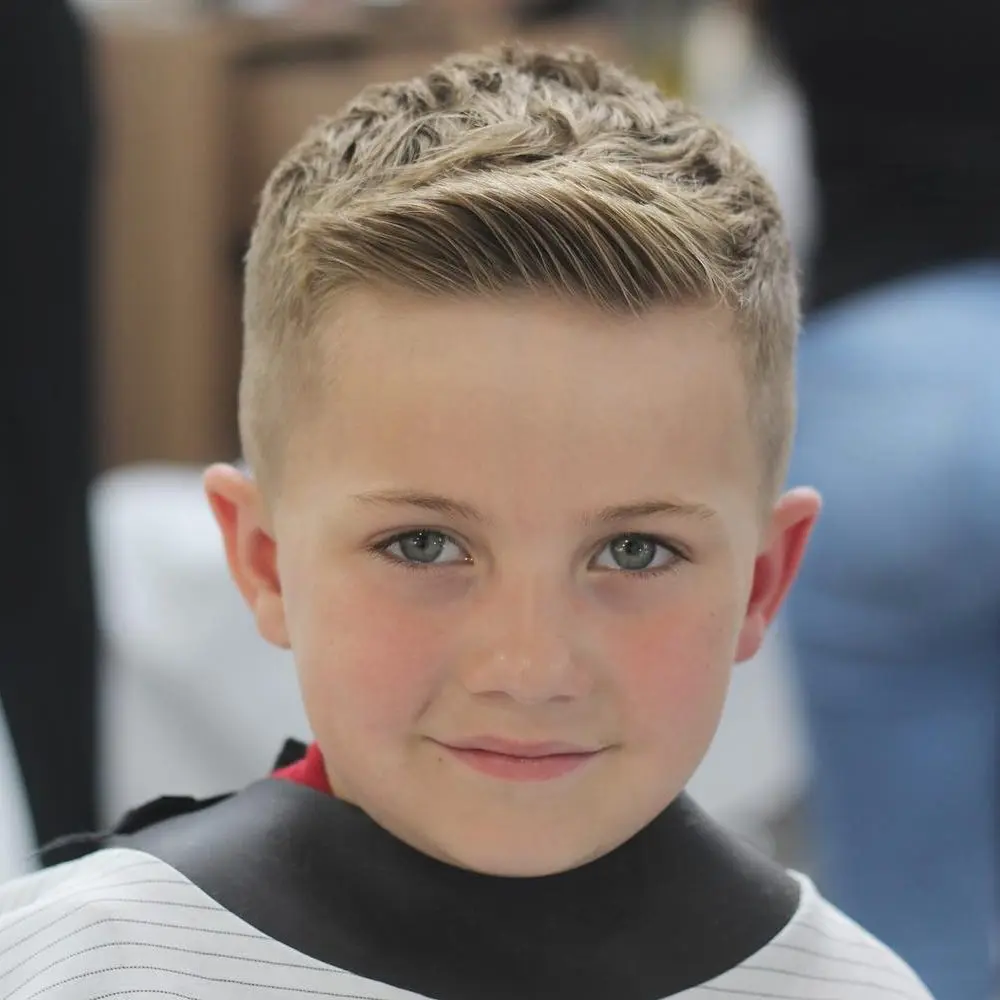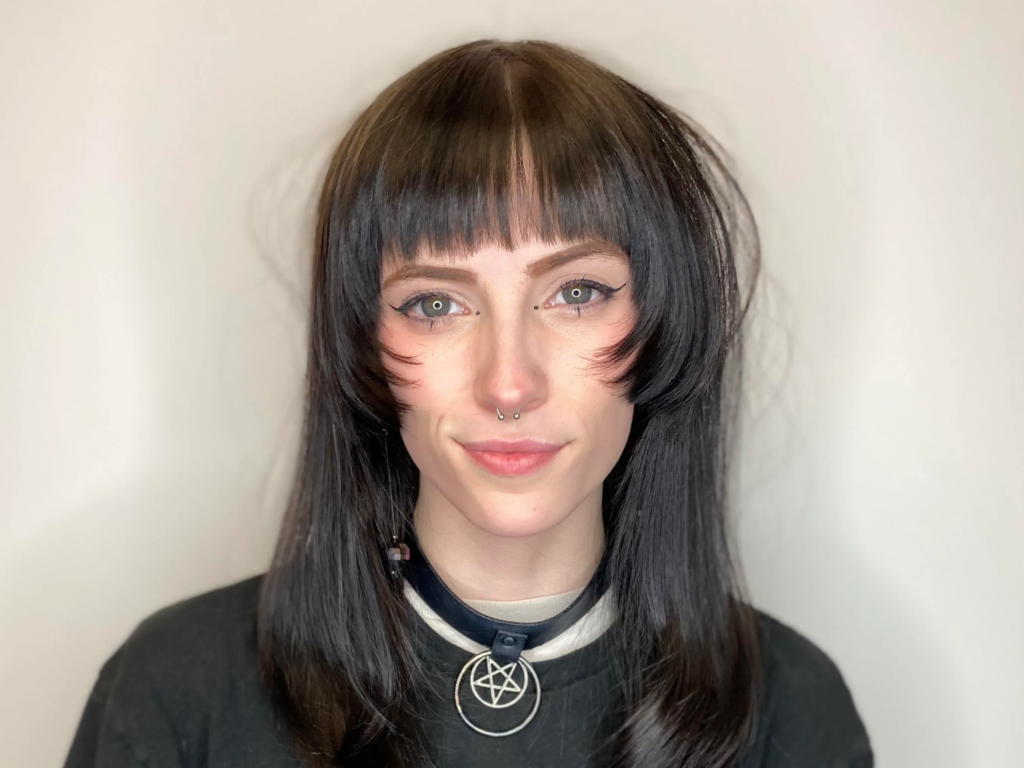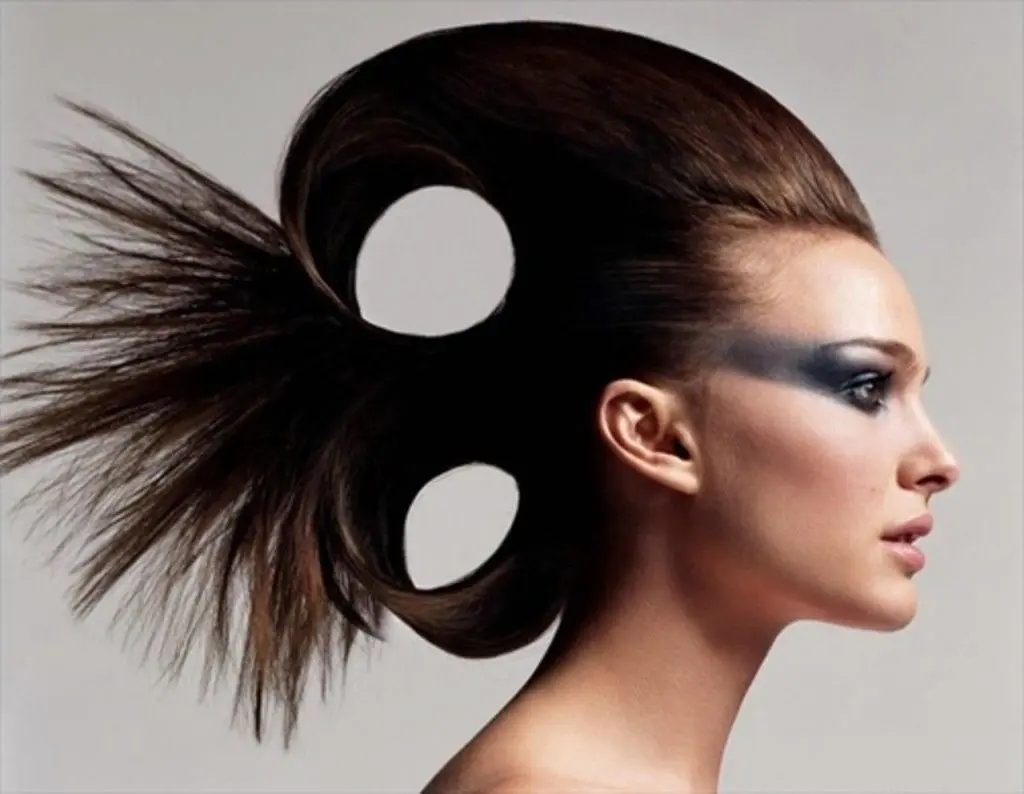Introduction:
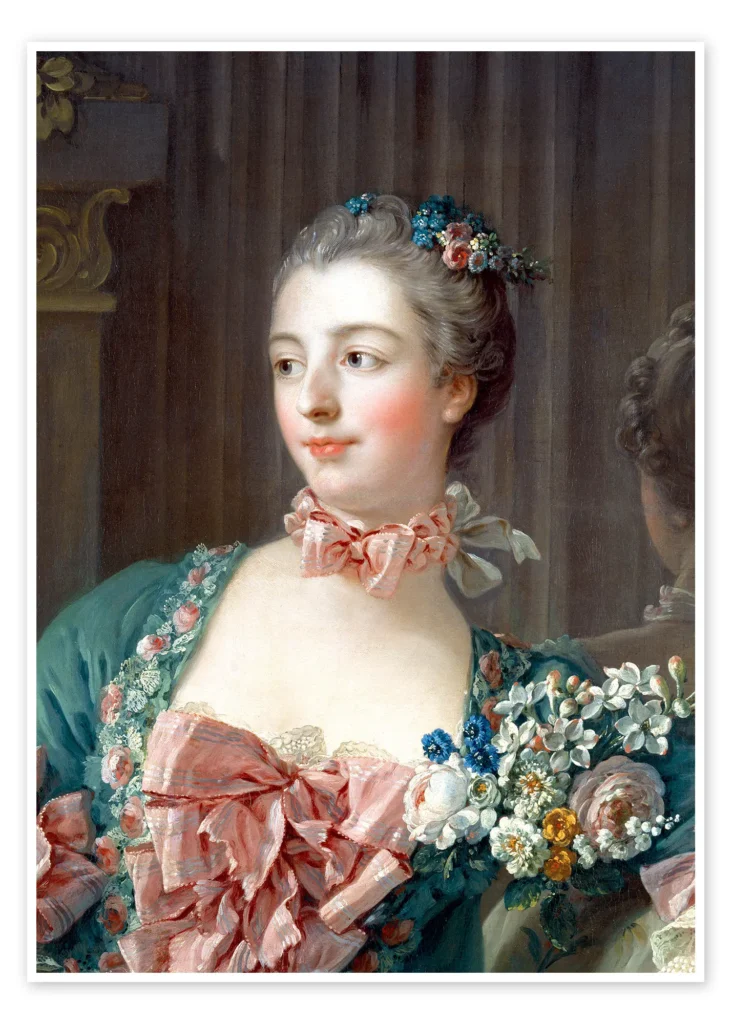
Hairstyles have always played a significant role in defining and reflecting cultural movements throughout history. The pompadour hairstyle, with its distinct high volume and swept-back look, is no exception. Originating in the 18th century and gaining immense popularity in the 1950s, the pompadour has undergone various evolutions and adaptations throughout the years, remaining a symbol of style and rebellion. In this article, we will delve into the history of the pompadour, tracing its roots from the 1950s to today, exploring its impact on popular culture, and discussing its versatility across different genders and subcultures.
I. The 1950s: The Birth of the Pompadour
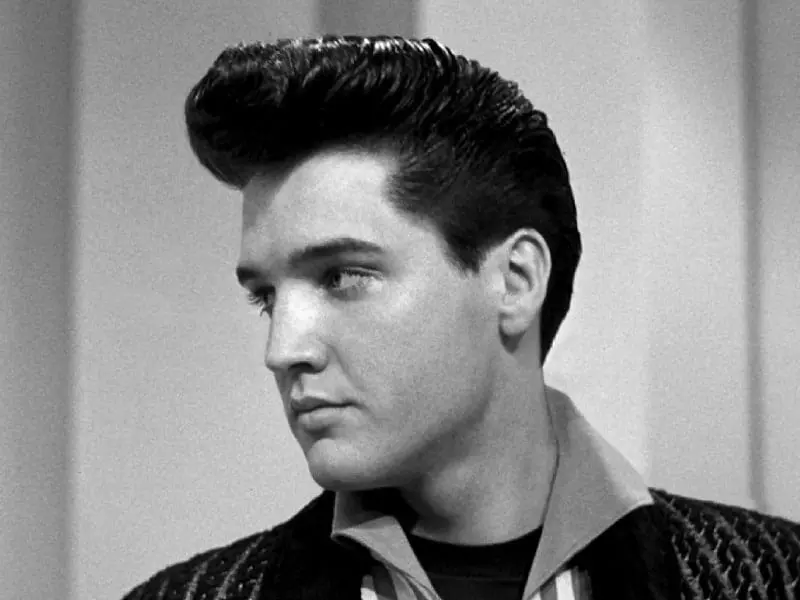
The pompadour hairstyle emerged in the 18th century and was named after Madame de Pompadour, the official mistress of King Louis XV of France. However, it was not until the 1950s that it truly skyrocketed in popularity. The quintessential 1950s pompadour was characterized by its voluminous, swept-up front and short back and sides, incorporated into one of the most iconic men’s hairstyles ever seen.
Influenced by the rise of rock ‘n’ roll, figures like Elvis Presley became pioneers of the pompadour, transforming it into a symbol of rebellion and individuality for the youth of the era. The Elvis pompadour, featuring long, slicked-back hair with a pronounced front, became a cultural phenomenon, epitomizing the rebellious spirit of the time.
II. The 1960s and 1970s: The Counter-Culture Influence
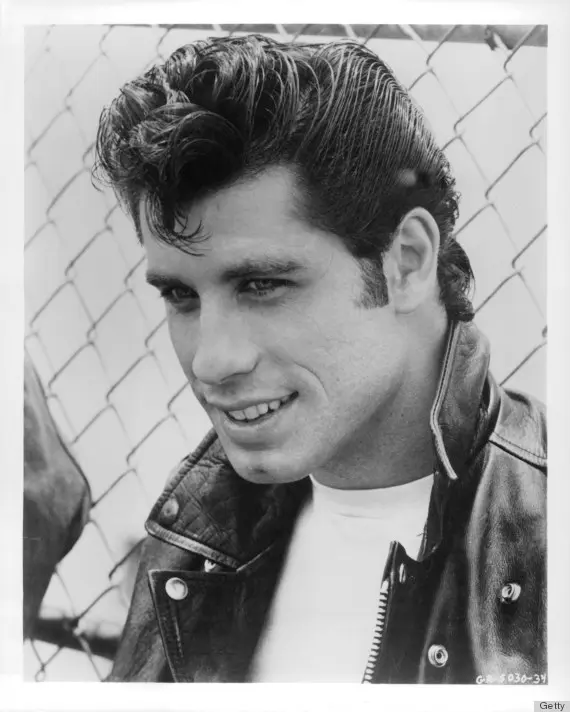
As the 1950s gave way to the 1960s, the pompadour hairstyle underwent a transformation to align with the changing times. With the emergence of the counterculture movement, long hair and natural styles became popular, and the rigid structure of the ’50s pompadour slowly faded away. The rock ‘n’ roll pompadour gradually evolved into more free-flowing varieties, often accompanied by facial hair, reflecting the influence of the hippie movement and anti-establishment sentiments.
During this period, the pompadour began to extend beyond the male domain and gained popularity among women as well. With the rise of feminists and women’s liberation movements, the female pompadour pushed boundaries, challenging traditional beauty norms and expressing independence.
III. The 1980s and 1990s: The Punk and Pop Culture Revival
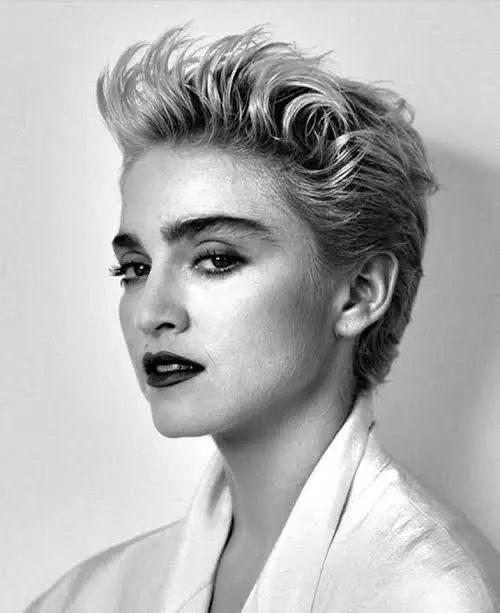
The 1980s and 1990s saw a resurgence of the pompadour, influenced by the punk and pop subcultures. Punk bands like the Sex Pistols and the Ramones embraced a more dramatic interpretation of the pompadour, often styled with colorful hair dyes and gelled spikes, reflecting their rebellious and anti-establishment ideologies.
Furthermore, the pop culture icons of the late 20th century, such as Madonna and David Bowie, incorporated the pompadour into their iconic looks, further solidifying its place in popular culture. Their interpretations varied from sleek and sophisticated to more avant-garde, showcasing the versatility of the hairstyle and its ability to adapt to different personalities and styles.
IV. The 21st Century: A Revival of Classic Styles and Gender Inclusivity
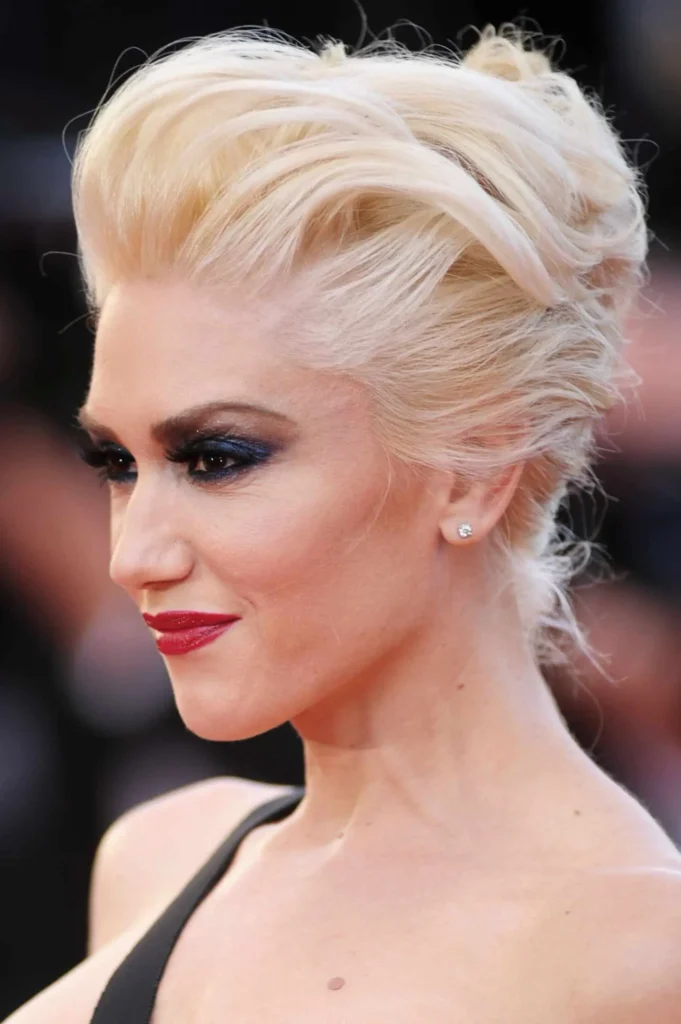
In the 21st century, the pompadour experienced a resurgence in popularity, not only among men but also among women and non-binary individuals. Barbershops and hair salons witnessed a demand for classic and retro styles, leading to the revival of the pompadour as a style statement.
Today’s pompadours have become more refined and tailored, often incorporating fades or undercuts to add a modern touch. With the rise of social media, platforms like Instagram have played a key role in popularizing the contemporary pompadour, with countless influencers showcasing unique interpretations and styling techniques. Furthermore, the gender inclusivity movement of recent years has broken down traditional beauty standards, allowing the pompadour to transcend gender boundaries and become a unisex hairstyle.
FAQs:
1. How do I achieve the signature pompadour look?
To achieve the signature pompadour look, start by applying a hair styling product with strong hold to damp hair. Use a comb or brush to lift the front section of your hair and comb it back, creating height and volume. Style the rest of your hair into a slicked-back or side-swept look, depending on your preference. Finish with a strong-hold hairspray or pomade to set the style in place.
2. Can anyone wear a pompadour, regardless of hair type or length?
Yes, the pompadour can be adapted to different hair types and lengths. However, individuals with naturally thick and straight hair tend to achieve the best results. Those with curly or textured hair may need to use additional styling products, such as a straightening iron or pomade, to achieve the desired look.
3. Are there any modern variations of the pompadour?
Absolutely! The modern variations of the pompadour are practically endless. Some popular adaptations include the disconnected pompadour, which features a sharp contrast between the longer top and shorter sides, and the messy pompadour, which embraces a more casual and tousled look. Additionally, asymmetric pompadours, where the hair is swept to one side, and textured pompadours are also gaining popularity.
Conclusion:
From its origins in 18th-century France to its domination in the 1950s and its continued evolution in the present day, the pompadour has proven to be a timeless and versatile hairstyle. Its journey through different eras and subcultures bears witness to its cultural significance and its ability to adapt to changing times. As we move into the future, the pompadour will undoubtedly continue to be a defining statement in the world of hair fashion, constantly evolving and redefining what it means to be stylish.
